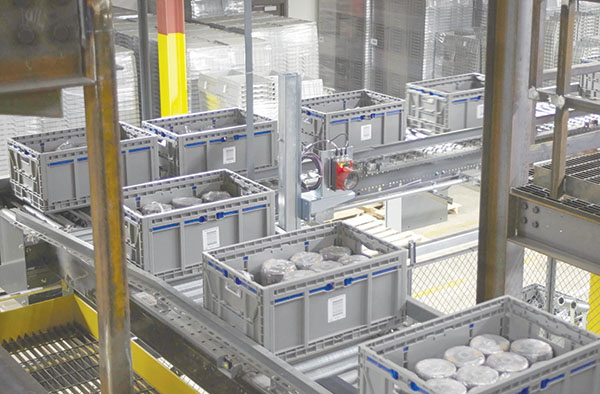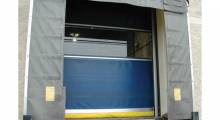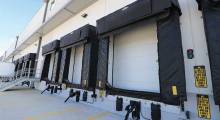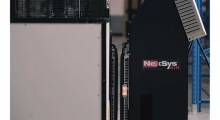Industries—such as automotive and retail—that invested in reusable handheld totes for closed-loop supply chains are now turning to the latest tracking and analysis technologies to even better leverage these assets.
“We’ve put radio-frequency identification (RFID) tags and bar code labels on totes for years, which are great for tracking assets within the four walls,” explains Steve Juckem, senior product manager for track and trace technology at ORBIS. “Now, other technologies are shrinking, have better battery life and are less expensive, and we’re seeing more opportunities for GPS devices and computer vision technologies to be implemented for asset tracking outside the four walls.”
GPS devices give owners the ability to track totes on the road, while vision technologies are programmed to recognize and identify totes as they leave or enter a building—similar to RFID and bar code, but with the added benefit of capturing the condition of the shipment and its contents.
Juckem says these latest technologies allow companies to better understand where their totes—and their contents—are (or aren’t) going.
“They track a variety of parameters for better visibility into their supply chain. That might include loop times, meaning how long it takes a package to complete a round trip from the time it leaves a given location then returns,” he says. “There’s also interest in dwell times, or how long the packaging is at a specific location, to identify better processes to get that tote back faster.”
Doing so, notes Juckem, reduces the costs of purchasing additional containers. ORBIS customers can specify the addition of a track-and-trace service as a turnkey addition to tote ownership, including application of the chosen device to the reusable packaging and software for analysis of the collected data.
“We’ve seen a 30% average reduction in dwell time, for example, by discovering totes sitting in semi-trailers at a supplier who was waiting to fill the trailer before returning the packaging,” Juckem reports. “While that’s driven by the cost of freight, our customers see that as an opportunity to get the totes back in a timelier manner through different means of transportation, which also creates a faster supply chain loop.”
Article topics









